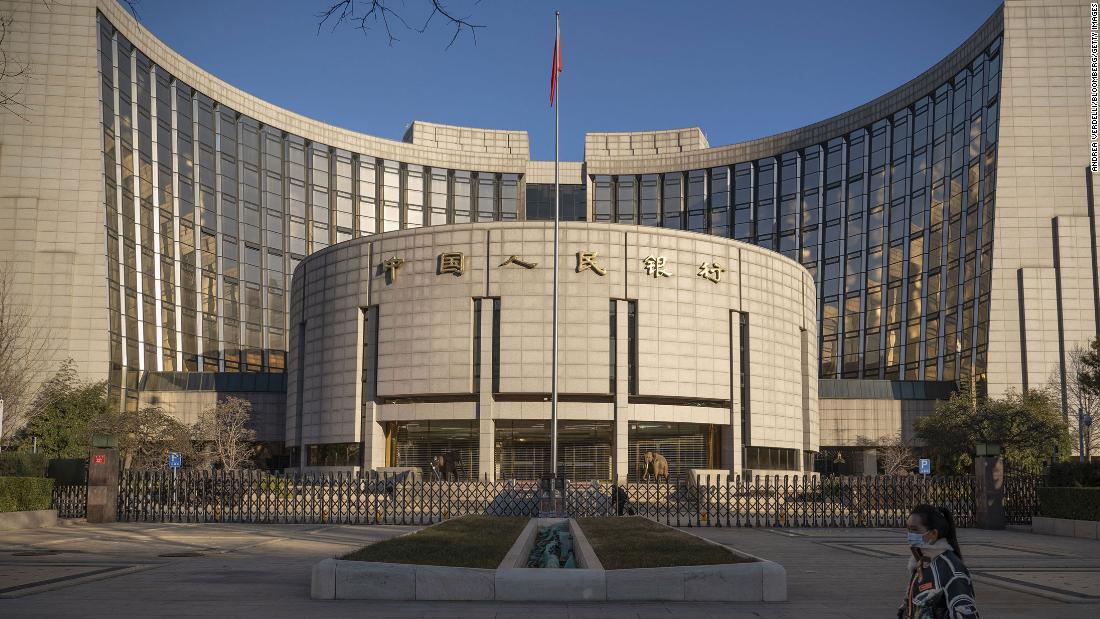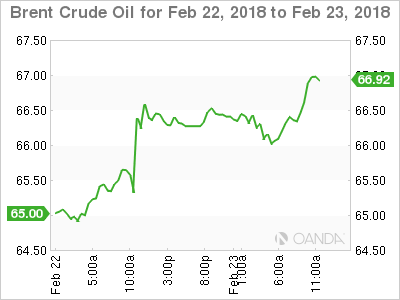Alright, let’s talk straight. The April LPR remained unchanged – a ‘hold the line’ move that, frankly, wasn’t entirely surprising. But don’t mistake this for a lack of potential action. As the head of financial market research at China Minsheng Banking Corporation, Zhang Liyun, rightly pointed out, China’s economy kicked off the year with considerable momentum.

Photo source:www.cnn.com
However, that doesn’t give us license for reckless monetary easing. The situation demands a measured approach. It’s a delicate balancing act, folks, and one that requires a steady hand.
Now, let’s dive a bit deeper. The global landscape is still riddled with trade tensions, and that creates uncertainty. These tariffs are a real threat and provide the authorities with a clear rationale for further stimulus.
Here’s a quick breakdown of the mechanics at play:
The Loan Prime Rate (LPR) is essentially the benchmark interest rate lenders use to price loans. A cut lowers borrowing costs, boosting investment and growth. However, indiscriminate cuts can fuel asset bubbles and broader financial instability.
Reserve Requirement Ratio (RRR) is the fraction of deposits that banks are required to keep in reserve. Lowering it frees up capital, encouraging more lending. It’s a powerful but blunt instrument.
Zhang Liyun specifically flagged a potential RRR cut as something that could happen at any moment. It’s almost a matter of when, not if. However, she anticipates a delay in any further LPR adjustments.
The bottom line? China’s economy might be strong, but the risks are real. Expect a cautious, calibrated response from policymakers, not a landslide of monetary easing.






